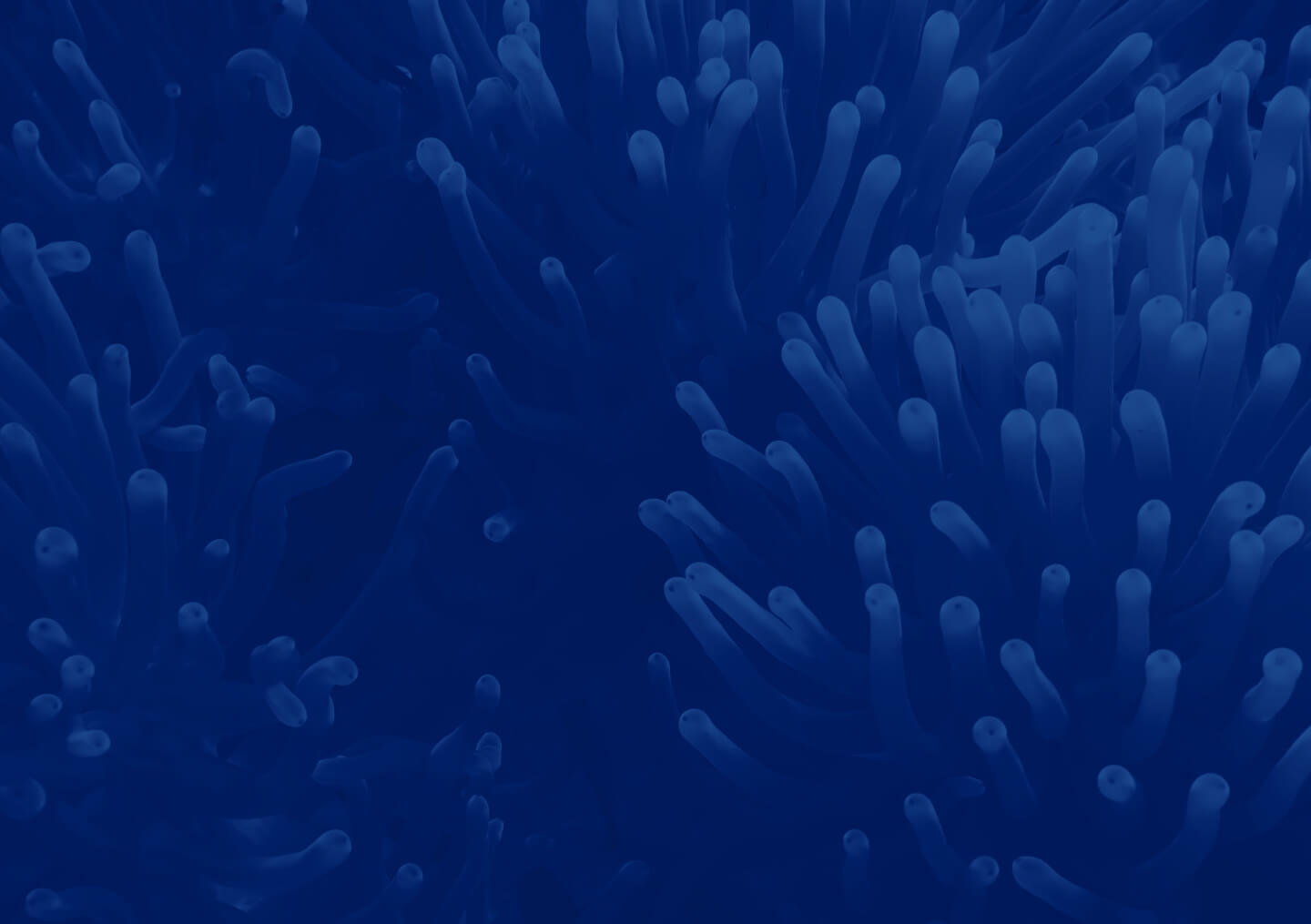Seeking new ways to study red tide, Mote Marine Laboratory scientists are helping makers of solar-powered, sailboat drones test their technology in tandem with underwater robots Mote normally deploys to monitor harmful algae in the Gulf of Mexico.
Mote scientists in Sarasota and visiting engineers from Navocean, a company based in Seattle, Washington, are deploying their complementary technologies this week on a coordinated, ocean-monitoring mission. Mote’s robotic gliders can dive up and down underwater, covering depths the Navocean drone cannot reach, while the drone can move more quickly across the surface and access shallower waters than Mote’s glider.
On Thursday, June 9, scientists in Mote’s Ocean Technology Research Program will deploy the robotic glider Genie 15 miles offshore of Lido Beach, beginning a 15-day mission at sea. Genie, named after Mote’s Founding Director, Dr. Eugenie Clark, is an autonomous underwater vehicle (AUV) that resembles a yellow torpedo 4.9 feet (1.5 meters) long. She carries instruments that can monitor the abundance of microscopic plant-like organisms called phytoplankton, including the toxic algae Karenia brevis, which causes Florida red tides that can be harmful to marine life and people. Genie’s instruments also monitor water temperature; depth; salinity and other conditions that may influence algal blooms.
As of today, June 8, Navocean’s Nav2 self navigating sail boat Vela is being tested to carry similar instruments. “Vela” is Latin for a ship’s sails and is also the name of a constellation. The 6.5-foot long Vela will launch later than Genie (timing to-be-determined) from a dock at Mote, travel through New Pass Inlet and meet Genie offshore. Vela will follow Genie closely for a few days to monitor the surface conditions above Genie and then it will travel closer to shore. Then Vela will survey near shore in a zig-zag pattern to demonstrate its ability to efficiently map surface conditions, which may be useful for future red tide monitoring. Navocean’s drone is powered by a solar panel and propelled by a sail with a wind sensor. In contrast, Mote’s glider is powered by a battery and it changes its buoyancy to dive and climb, which propels it forward.
Both technologies are designed to collect ocean data more frequently, for longer durations and at lower cost than people working on boats, while sending data to scientists’ computers via satellite. This helps alert scientists to changing ocean conditions in real time, also helping them schedule manned boat surveys to collect a wider variety of data and samples.
“Our robotic glider and the solar drone have a lot in common, but they each can do something the other can’t — using them together could give us more coverage in monitoring red tide,” said Dr. Jordon Beckler. “This is our opportunity to test these technologies together and determine how this might improve our monitoring and research. Red tide forms offshore, and our robotic gliders can gather data on that process at various depths. However, given that ocean currents can move the algae quickly, and sometimes push it inshore, we see the potential for using a speedier surface instrument like this drone.”
“This will be our first time deploying the Vela drone on a mission focusing on harmful algae, and it may lead to opportunities to partner more extensively; this is exciting,” said Scott Duncan, Co-founder and Chief Designer of Navocean. “Harmful algal blooms of various types cause problems all around the U.S., so this is a big issue.”
Florida red tide is a bloom, or elevated concentration, of the harmful algae K. brevis, which produces toxins that can sicken or kill marine wildlife and cause respiratory irritation in humans — particularly those with chronic respiratory conditions. When Florida red tides are carried to shore, their impacts can affect beachgoers, deter tourism and cause coastal economies to lose millions of dollars.
The more scientists can monitor ocean conditions, the better updates and forecasts can help residents and visitors adjust their plans during red tides — for example, choosing the best beach on a given day or choosing an inland activity when beach impacts are likeliest.
In the week leading up to June 3, K. brevis was observed at normal background concentrations (not elevated) in water samples collected from Pinellas, Sarasota and Charlotte counties, while other samples around Florida did not contain K. brevis. Recent findings follow a period of prolonged, elevated concentrations that started in September 2015 and affected several areas along Florida’s Gulf Coast. Whether or not red tide is active, scientists value opportunities for continuous ocean monitoring to study red tides from beginning to end, along with conditions when they are absent.
About Navocean
Navocean Inc. builds self navigating sailboats that use wind and solar for long-duration ocean research missions navigating a broad range of sea states. Navocean’s new Nav2 vehicle is deployable by hand from shore, ramp or dock. The Nav2 brings unprecedented ease of use and safety, expanding the accessibility of automated surface vehicle technology to science and research programs everywhere.
About Mote Marine Laboratory
Founded in 1955, Mote Marine Laboratory & Aquarium celebrated its 60th year as an independent, nonprofit 501(c)3 research organization in 2015. Mote began with the passion of a single researcher, Dr. Eugenie Clark, her partnership with the community and philanthropic support of the Vanderbilt family and later of the William R. Mote family. Today, Mote is based in Sarasota, Florida, with field stations in eastern Sarasota County and the Florida Keys. Mote scientists conduct research on the oceans surrounding all seven of the Earth’s continents. Mote’s 25 research programs emphasize conservation and sustainable use of marine resources. Mote’s vision also includes positively impacting public policy through science-based outreach and education. Showcasing the Lab’s research is Mote Aquarium, open from 10 a.m. to 5 p.m. 365 days a year at 1600 Ken Thompson Parkway in Sarasota. Learn more at mote.org.


